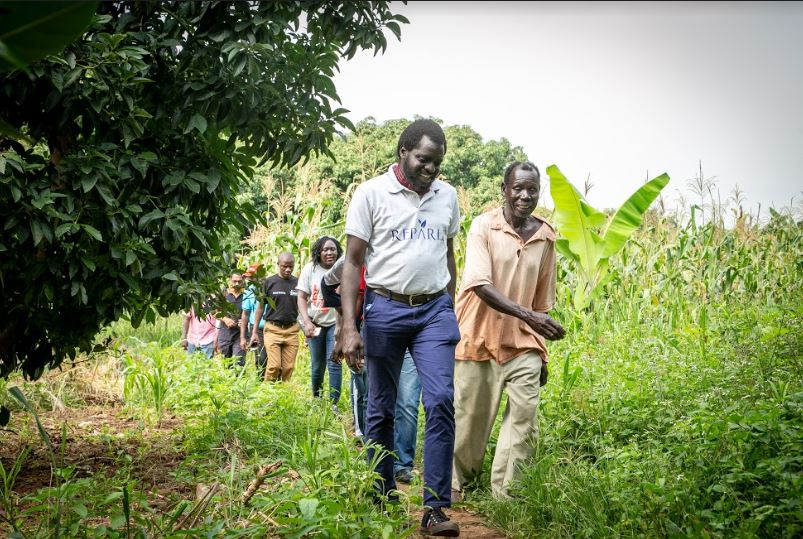Investment in clean cooking fuel factory will double production
Soon our project will be able to send clean cooking fuel to thousands more refugees.

Just the gist
If you're in a hurry, here's what you need to know this month:
- 👨🏽🏭 The project has invested to double its production capacity. Four new production lines will be available at the end of this year.
- 🔜 Clean Cooking Fuel for Refugees is in the process of being verified by Gold Standard, a well-regarded benchmark for climate projects around the world. The assessment should be completed later this year.
- 🔥 Our project recycles plant waste to produce two different kinds of clean burning briquettes: non-carbonized biomass briquettes, and biochar briquettes. In this update I'll explain how each one is made.
For more updates like this one, follow Wren on Twitter and Instagram.
Our project is shrugging off the impact of Covid-19, and are gearing up to mass produce clean-burning cooking fuel for refugees. This month, we'll cover a key investment they've made in their factory, and take a look inside, to see how the briquettes are made.
Investment in factory will double briquette production
Our partner, Mandulis Energy, have invested to double the capacity of their factory. They will add 4 more briquette production lines, taking the total to 8, as they ramp up production. The new machinery is currently being manufactured, and will be installed later this year.
If all goes to plan, this year the project will be officially verified too. The project is in the process of being verified by by Gold Standard, a well-regarded benchmark for climate projects around the world. These assessments take time, but hopefully this project will be verified before the end of 2021.

Leave no waste: the two different kinds of clean-burning briquettes
The Clean Cooking Fuel for Refugees project sounds simple: Give refugees clean-burning fuel and energy-efficient cookstoves so they don't have to cut down trees for firewood. But beneath that simplicity lies considerable complexity. What kinds of fuel do you use? How do you make it? If they're burning it, what makes it carbon neutral? This month we'll take a look inside the factory, to see how our clean-burning briquettes are made.
Our project makes two kinds of briquettes, both from otherwise unusable plant matter. The difference is one is heated to very high temperatures, and the other isn't.
The latter type are called non-carbonized biomass briquettes. They're made from crushed and compressed rice husks & ground nut shells. These briquettes have a deep brown colour, and look like wood. Currently they are being produced using a Diesel generator, though the project will soon be connected to a clean hydroelectric power source.
“We initially ran the factory using a Diesel generator during installation, but Diesel is costly to the environment and the economy. We await grid connection to government hydroelectric transformer. The substation at Olwiyo is under construction, and we have a letter from the rural electrification authority confirming they will connect us. ”
Peter Nyeko, Project Lead

The second type of fuel is called carbonized biochar briquettes. These are also made mainly from rice husks– but these ones are heated to very high temperatures. They undergo a process called pyrolysis– heating without oxygen– which transforms the briquettes into biochar– nearly 90% carbon. The furnaces used to heat the briquettes are powered by a renewable biomass gasification generator.
Biochar briquettes burn very cleanly, and with almost no smoke. For the refugees who use them, that means healthier lungs, and less deforestation.
That's it for this update! If you have questions or feedback, please reply directly to this email. I'll reply as soon as I can.
– Thomas

